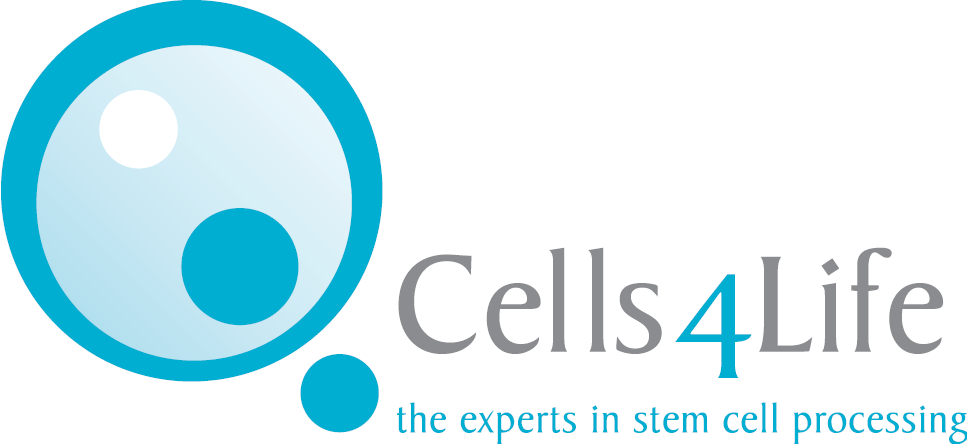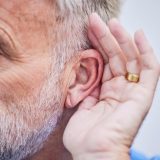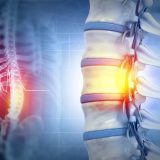Researchers in Shanghai have claimed to have achieved the world’s first successful cure for type 2 diabetes using stem cell-derived islet transplantation.
Publishing their findings in the journal Cell Discovery, the team of scientists believe that this new therapy offers hope for the estimated 420 million people living with type 2 diabetes around the world. [1]
What is type 2 diabetes?
Type 2 diabetes is a metabolic disorder that arises as a result of the body either being unable to produce insulin or being ineffective at using the insulin it produces in order to regulate blood sugar levels. [2]
Those with type 2 diabetes risk developing hyperglycemia, otherwise known as high blood glucose levels, as a result of being unable to metabolise glucose. Hyperglycemia can cause complications over time, including damage to organs.
Current management strategies primarily involve glycemic control through medications including insulin, as well as strict diet management to monitor blood sugar levels, leaving a substantial unmet need for a definitive cure. [3]
How did researchers develop the cure?
Scientists undertook a study centred around a 59-year-old male patient with a 25-year history of type 2 diabetes. Following a kidney transplant in 2017, the patient experienced a decline in pancreatic islet function, necessitating daily multi-dose insulin injections.
To address this challenge, the research team led by Dr. Yin Hao turned to a pioneering stem cell treatment. Utilising the patient’s own endoderm stem cells (EnSCs), they were able to differentiate these stem cells into functional pancreatic islet cells – cells in the pancreas that secrete hormones, including insulin and glucagon, that help regulate blood sugar levels. [4]
Once differentiated, these so-called ‘E-islet cells’ could then be implanted into the patient. [5]
What were the results of the transplant?
In July 2021, the patient underwent the autologous islet cell transplantation. Notably, the patient achieved insulin independence within a mere 11 weeks post-transplantation. Oral medication for diabetes management was gradually reduced and ultimately discontinued a year later.
Follow-up examinations conducted over a prolonged period revealed restored pancreatic function, with the patient no longer requiring exogenous insulin or oral medications.
Additionally, normal kidney function was maintained, suggesting a potential long-term cure for both type 2 diabetes and the underlying complications associated with the initial kidney transplant. [6]
What are the next steps in treating diabetes with stem cells?
This groundbreaking achievement signifies a paradigm shift in the treatment of type 2 diabetes.
The successful application of stem cell therapy offers a path towards a potential cure, paving the way for further research into the large-scale implementation and long-term efficacy of this novel approach.
While further clinical trials are warranted to validate these findings, this case study undoubtedly sparks hope for a future free from the burden of diabetes.
If you want to learn more about saving stem cells for your baby, download your free Welcome Pack by filling out the form below.
References
[1] WHO (n.d.). Diabetes. World Health Organization. https://www.who.int/health-topics/diabetes#tab=tab_1
[2] Watts, M. (2023, December 14). Type 2 Diabetes. Diabetes.co.uk. https://www.diabetes.co.uk/type2-diabetes.html
[3] Chong K, Chang JK-J, Chuang L-M.Recent advances in the treatment of type 2 diabetes mellitus using new drug therapies. Kaohsiung J Med Sci. 2024;40(3):212–20. https://doi.org/10.1002/kjm2.12800220
[4] Wu, J., Li, T., Guo, M. et al. Treating a type 2 diabetic patient with impaired pancreatic islet function by personalized endoderm stem cell-derived islet tissue. Cell Discov 10, 45 (2024). https://doi.org/10.1038/s41421-024-00662-3
[5] Da Silva Xavier, Gabriela. “The Cells of the Islets of Langerhans.” Journal of clinical medicine vol. 7,3 54. 12 Mar. 2018, doi:10.3390/jcm7030054
[6] Wu, J., Li, T., Guo, M. et al. Treating a type 2 diabetic patient with impaired pancreatic islet function by personalized endoderm stem cell-derived islet tissue. Cell Discov 10, 45 (2024). https://doi.org/10.1038/s41421-024-00662-3
















